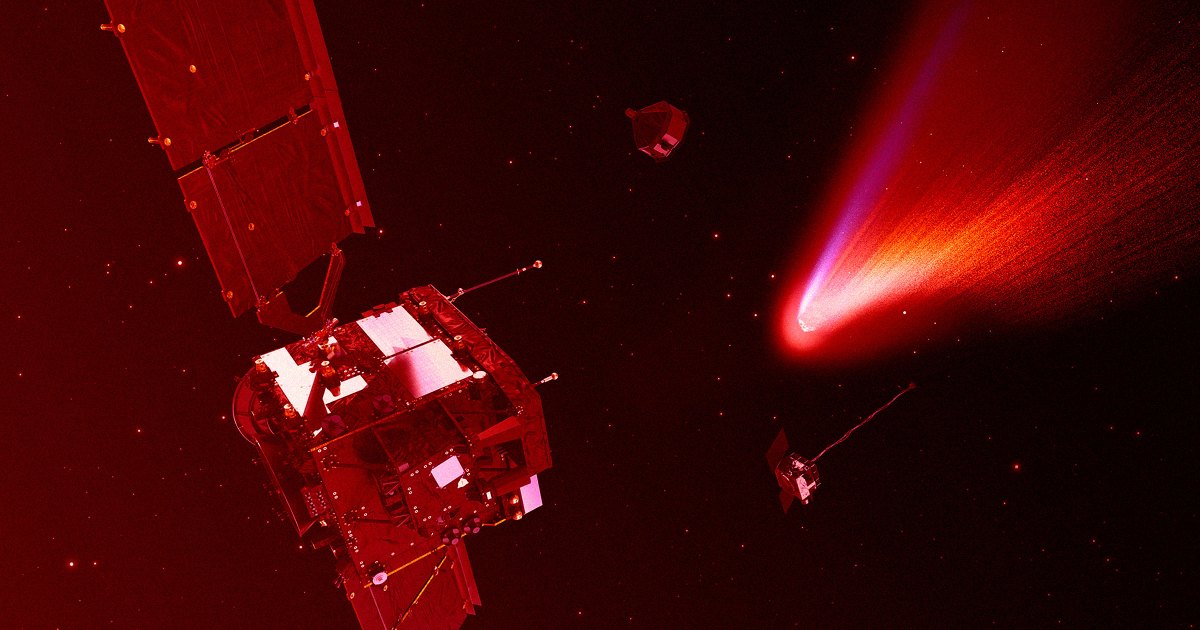
"As IFLScience explains, the phenomenon could be the result of natural processes. One possibility is that it's a type of optical illusion; because of the Earth's relative location in space, a comet's wide tail can fan out from behind it to make it look as if it has a tail growing tail sprouting from either side. Another possibility is that larger grains of dust are refusing to be pushed away by solar wind on the comet's Sun-facing side."
"Most remarkably, the white light image of 3I/ATLAS does not show evidence for a familiar cometary tail, as expected for dust which scatters sunlight and is pushed away from the Sun by solar radiation pressure," he added. Scientists have previously identified other comets showing Sun-facing "anti-tails" that suggest the "slow ejection of relatively large dust particles predominantly from the sunlit hemisphere.""
3I/ATLAS, an interstellar object observed at roughly 2.5 astronomical units, exhibits a puzzling Sun-facing anti-tail alongside cyanide and nickel outgassing emitted both toward and away from the Sun. White-light imaging lacks the expected antisolar dust tail produced by small grains pushed by solar radiation pressure. Explanations include projection effects from Earth's viewpoint or the dominance of larger dust grains that resist solar wind, possibly produced by a rapidly rotating, sublimating nucleus ejecting sizeable debris in both orbital directions. Similar anti-tails on other comets have been linked to slow ejection of large particles from sunlit hemispheres.
Read at Futurism
Unable to calculate read time
Collection
[
|
...
]